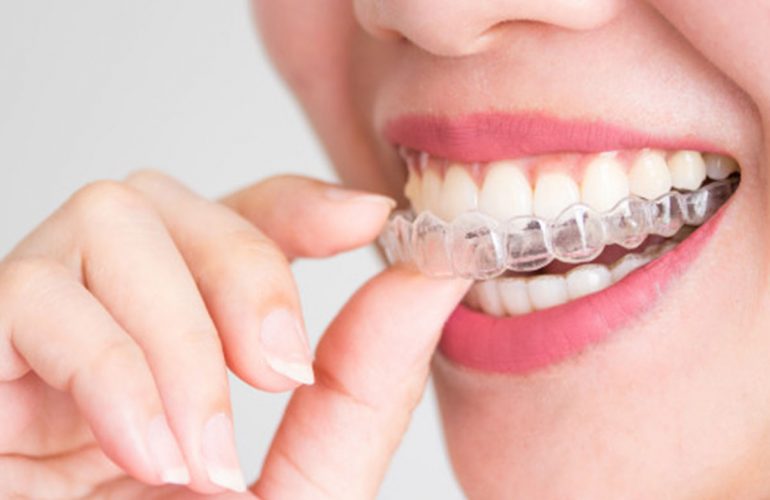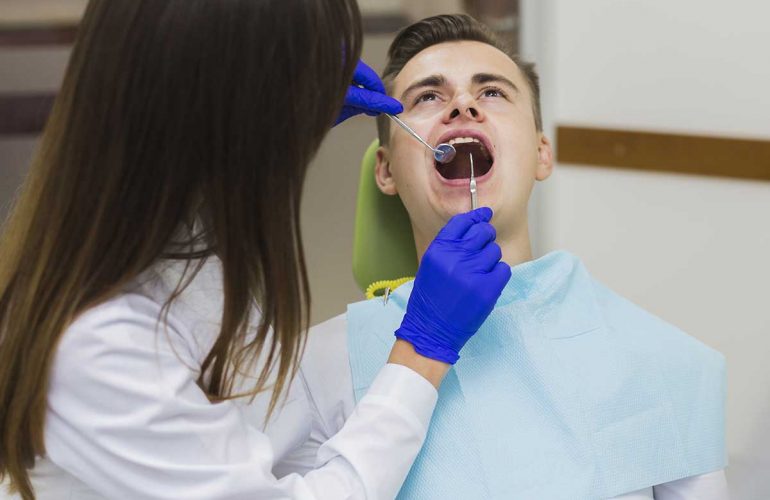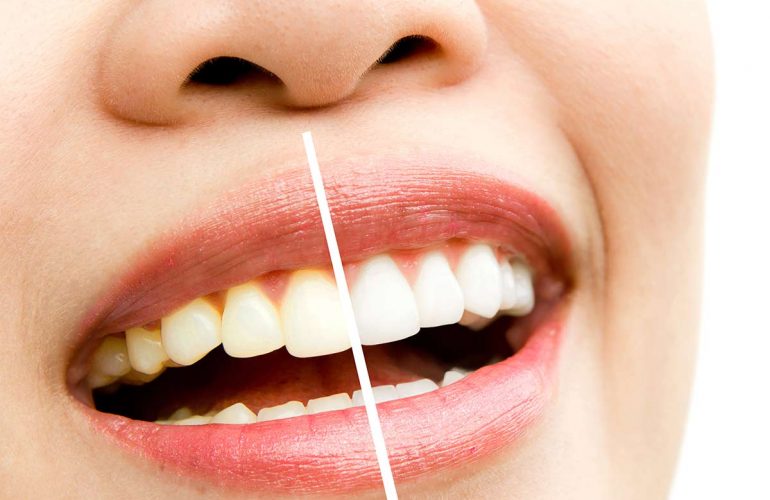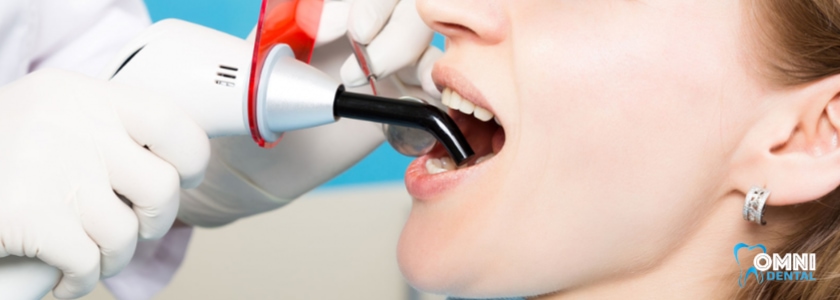
What Are Dental Sealants?
Dental sealant material are usually made from plastic coatings and other dental material that are usually placed on the chewing surface (occlusal surfaces) of the permanent back teeth and sealants protect them from tooth decay.
According to the American Dental Association (ADA), the purpose of a dental sealant is to prevent cavities by acting as a barrier. Applied sealants are plastic material that covers a tooth’s chewing surface, and is commonly applied to premolars and molars – the two surfaces where decay occurs the most.Dental sealants
There are many variations of passages of Lorem Ipsum available, but the majority have suffered alteration in some form, by injected humour, or randomised words which don’t look even slightly believable.
Dental Implant
Emergency Care
Teeth cleaning
Why Are Dental Sealants Placed On Teeth?
Dental sealant material are usually made from plastic coatings and other dental material that are usually placed on the chewing surface (occlusal surfaces) of the permanent back teeth and sealants protect them from tooth decay.
According to the American Dental Association (ADA), the purpose of a dental sealant is to prevent cavities by acting as a barrier. Applied sealants are plastic material that covers a tooth’s chewing surface, and is commonly applied to premolars and molars – the two surfaces where decay occurs the most.
No matter how well or often you brush, toothbrush bristles can’t penetrate all the depressions and grooves located on your teeth’s chewing surfaces. Most unreachable spots are primed for food particles and plaque to collect. The dental sealant prevents decay from developing in these vulnerable areas.
There are many variations of passages of Lorem Ipsum available, but the majority have suffered alteration in some form, by injected humour, or randomised words which don’t look even slightly believable.
When Are Dental Sealants Placed?
The first Dental sealant to be placed is usually on the fissure of the first permanent molar tooth, once the chewing surface of the tooth has erupted completely beyond the gum. This tooth grows in behind the baby teeth. If the chewing tooth surface of these teeth are sealed, the dental sealant will help protect the tooth. Except for the wisdom teeth, which come through much later, the molars and premolars continue to erupt until eleven-thirteen years of age and the chewing surfaces of these teeth can be sealed after they have erupted beyond the gum.
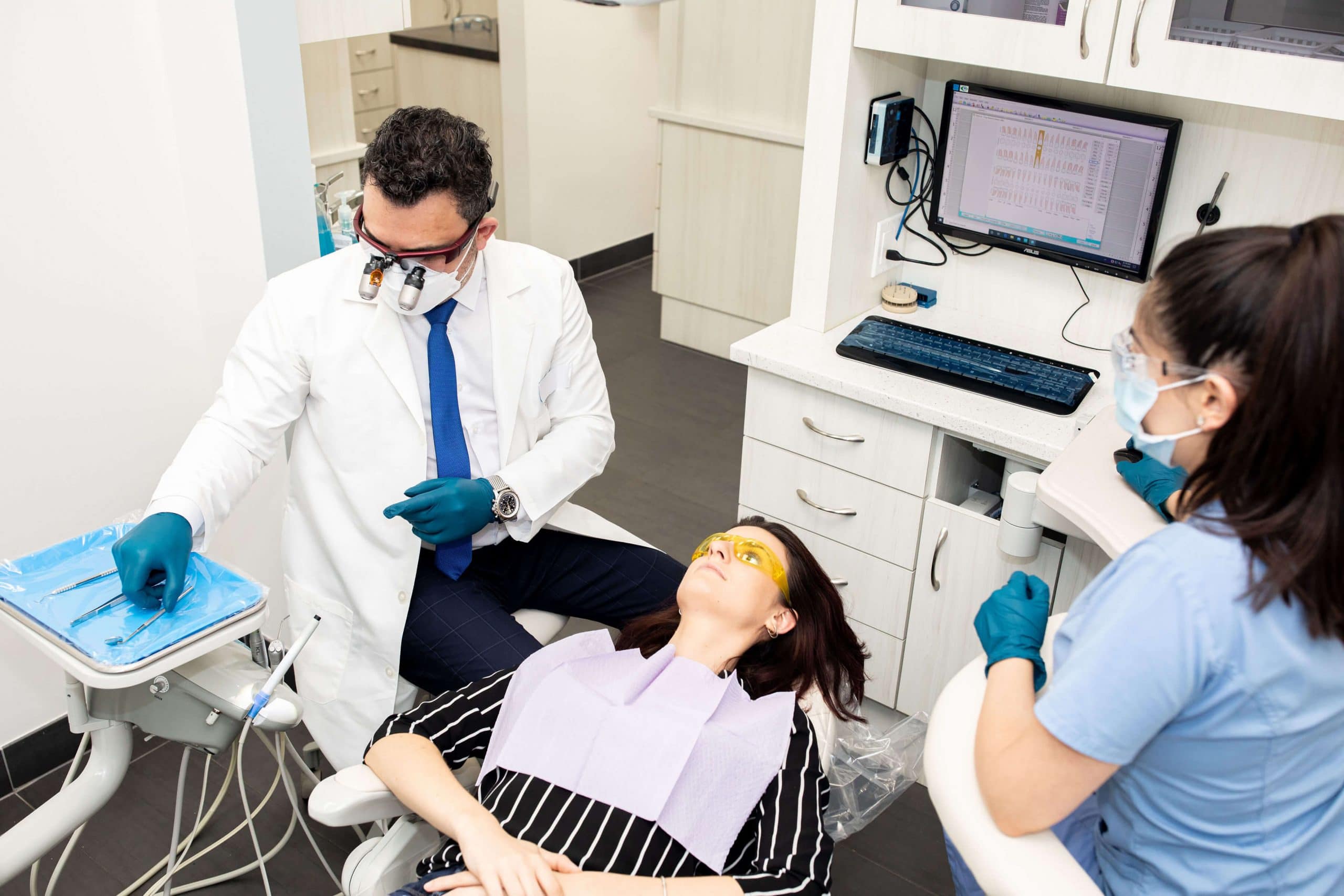
Are Dental Sealants Only Placed On The Chewing Surface?
Dental sealants are usually placed on the chewing surfaces of these teeth because these are the areas and teeth that typically have deep pits and fissures. Dental sealants are sometimes also used on other permanent teeth if they have grooves or pits, to help protect these surfaces. In some children, the molars in the primary dentition (baby teeth) also have grooves that could benefit from dental sealants and in this situation your dentist or dental hygienist may recommend dental sealants on the chewing surfaces of these primary teeth.
There are many variations of passages of Lorem Ipsum available, but the majority have suffered alteration in some form, by injected humour, or randomised words which don’t look even slightly believable.
How Are Sealants Applied?
It’s a quick and painless process. Your dentist will clean and dry your tooth before placing an acidic gel on your teeth. This gel roughs up your tooth surface so a strong bond will form between your tooth and the sealant. After a few seconds, your dentist will rinse off the gel and dry your tooth once again before applying the sealant onto the grooves of your tooth. Your dentist will then use a special curing light to harden the sealant. healthier tissue.
There are many variations of passages of Lorem Ipsum available, but the majority have suffered alteration in some form, by injected humour, or randomised words which don’t look even slightly believable.
Brushing & Flossing With Dental Sealant
When you receive dental sealants, they will bond to your teeth and seal away all the grooves and cracks on the surface. This will prevent plaque and other acidic substances from eroding away your tooth enamel. These are areas where food can more easily become trapped, and where a toothbrush may have a harder time cleaning. Dental sealants will also help prevent tooth decay from happening inside the tooth that commonly leads to root canals and more extensive procedures. Your dental sealant can last you up to 10 years if you take care of your teeth properly. healthier tissue. healthier tissue.
How Long Do Sealants Last?
Sealants will often last for several years before they need to be reapplied. During your regular dental visit, your dentist will check the condition of the sealant and can reapply them as needed.
Is Sealing a Tooth Better Than Filling The Cavity?
Sealants are a quick, easy, and painless way to prevent cavities. A tooth without a cavity is stronger and healthier than a tooth with a filling or untreated decay. Sealants are also less expensive and easier to apply than fillings.
Are There Any Side Effects?
With the exception of an allergy that may exist, there are no known side effects from sealants.

Will It Hurt To Get a Dental Sealant?
Getting a sealant is easy and does not hurt. The tooth is cleaned and a gel may be placed on the chewing surface for a few seconds. The tooth is then rinsed and dried. Next, the sealant is painted on the tooth. The dentist or dental hygienist also may shine a light on the tooth to help harden the sealant to form a protective shield.
Are Sealants Covered By Dental Plans?
Some plans do cover sealants, so call your dental benefit company to find out what kind of coverage you have or simply call our office and we will find out for you



